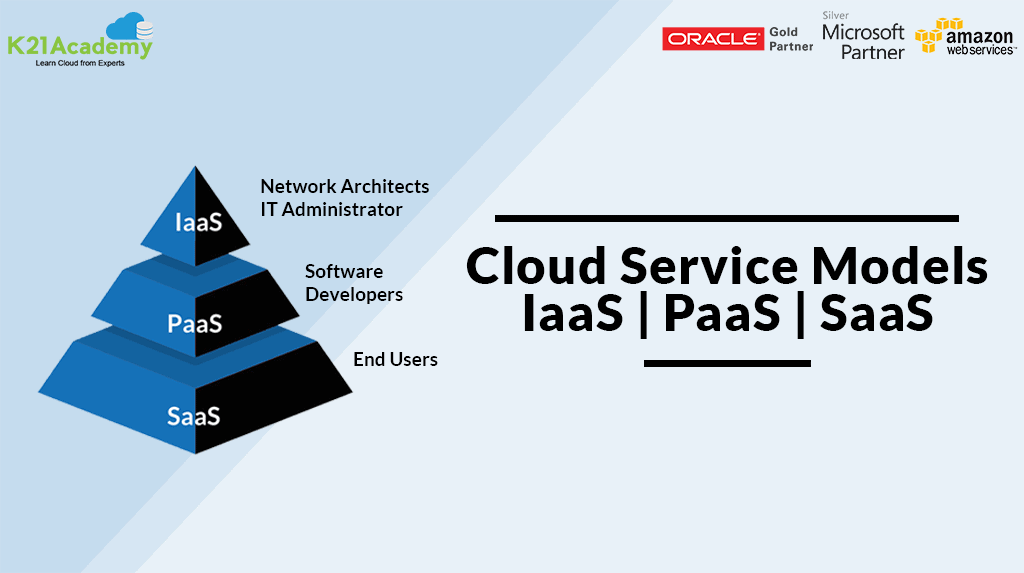Universal Cloud Service: Dependable and Efficient Solutions for Your Company
Universal Cloud Service: Dependable and Efficient Solutions for Your Company
Blog Article
Achieve Seamless Scalability With Cloud Services
In the ever-evolving landscape of cloud solutions, achieving seamless scalability stands as a cornerstone for modern-day organizations looking for to stay competitive and versatile. The quest for seamless scalability with cloud services introduces a world of possibilities for those ready to embrace the transformative power of dynamic source management.
Advantages of Cloud Scalability
Cloud scalability offers companies the adaptability to dynamically adjust sources based on demand, making sure optimum performance and cost efficiency. One essential benefit is the ability to scale resources up or down rapidly in feedback to varying work. This dexterity enables organizations to meet changing customer needs without over-provisioning resources, inevitably causing cost financial savings. Scalability likewise improves performance by making sure that systems can deal with enhanced website traffic or work without experiencing downtime or stagnations. By efficiently designating resources, organizations can maintain high levels of performance throughout peak times without unnecessary costs during quieter periods. Additionally, cloud scalability advertises technology and trial and error by permitting companies to easily check brand-new concepts and range them as required. This versatility motivates a culture of continual improvement and adjustment, making it possible for companies to remain competitive in a swiftly progressing market landscape. Inevitably, the benefits of cloud scalability prolong beyond cost financial savings to incorporate improved performance, agility, and innovation.
Key Functions for Scaling
Efficient scaling in cloud solutions depends on crucial functions that enable companies to adjust resources dynamically based on need. One necessary function for scaling is flexibility, enabling sources to scale up or down in action to varying work. This makes sure that organizations can fulfill efficiency demands without over-provisioning resources. Another essential function is scalability, enabling systems to take care of boosted workload by adding sources seamlessly. This feature is essential for fitting development without compromising efficiency. In addition, automation plays an important function in scaling by automating the provisioning and de-provisioning of sources based on predefined plans. Automation decreases human intervention, boosts efficiency, and guarantees quick reaction to altering needs. Surveillance and analytics tools are likewise essential for scaling, offering insights right into resource application, efficiency metrics, and potential bottlenecks. These tools allow organizations to optimize and make enlightened choices source allocation for effective scaling. In general, these essential functions jointly encourage companies to achieve smooth scalability in cloud services.
Implementing Auto-Scaling Approaches
To properly maximize source appropriation and adapt to varying work, organizations must strategically apply auto-scaling approaches in their cloud solutions facilities. Auto-scaling enables systems to automatically adjust the number of compute resources based on real-time demand. There are various auto-scaling strategies that companies can utilize, such as predictive scaling, which utilizes historical data to forecast future resource needs, and responsive scaling, which reacts to current work changes.

Best Practices for Scalability
For companies aiming to improve their scalability in cloud solutions, carrying out ideal techniques is crucial for optimal efficiency and resource monitoring. One secret ideal practice is designing applications with a microservices style. This approach breaks down applications right into smaller sized, independent services that can be released, updated, and scaled independently, permitting higher flexibility and scalability.
Another crucial practice is using containerization innovation, such as Docker or Kubernetes. Containers make it possible for the packaging of applications and their dependencies right into isolated units, making it less complicated to scale parts separately and deploy them constantly throughout different atmospheres.
Additionally, executing automated release and facilities as code (IaC) can simplify scalability efforts (linkdaddy cloud services). Automation devices like Terraform or Ansible aid in provisioning and managing sources effectively, Get the facts minimizing hands-on mistakes and making it possible for rapid scalability
In addition, checking performance metrics, setting up signals, and conducting regular capability preparation are essential practices to make sure aggressive scalability administration. By adhering to these finest techniques, companies can achieve smooth scalability in their cloud solutions while maximizing efficiency and resource use.
Surveillance Performance Metrics
When analyzing the effectiveness of cloud solutions scalability, very closely keeping track of performance metrics is important for making certain optimum functionality and resource allotment. By constantly tracking essential performance signs (KPIs) such as action times, latency, resource, and throughput usage, organizations can get important insights right into the health and wellness and efficiency of their cloud framework. Checking efficiency metrics permits the early discovery of possible bottlenecks or concerns that might affect scalability, enabling proactive actions to be required to address them prior to they intensify.

Verdict
To conclude, achieving seamless scalability with cloud solutions is important for organizations to optimize efficiency, boost technology, and preserve high performance degrees throughout peak times. By leveraging the benefits of cloud scalability, carrying out auto-scaling approaches, making use of crucial functions such as elasticity and automation, and following finest methods like application style and performance tracking, businesses can efficiently scale their systems while making the most of source use and efficiency.
The pursuit for smooth scalability with cloud solutions have a peek at this website introduces a world of opportunities for those eager to embrace the transformative power of dynamic resource management.
Cloud scalability provides organizations the adaptability to dynamically article change sources based on demand, ensuring optimum efficiency and expense effectiveness. One more vital function is scalability, enabling systems to handle raised workload by including resources flawlessly.For organizations intending to boost their scalability in cloud services, applying best methods is important for optimum performance and source management.When examining the effectiveness of cloud services scalability, carefully keeping an eye on efficiency metrics is critical for making sure optimal functionality and source appropriation.
Report this page